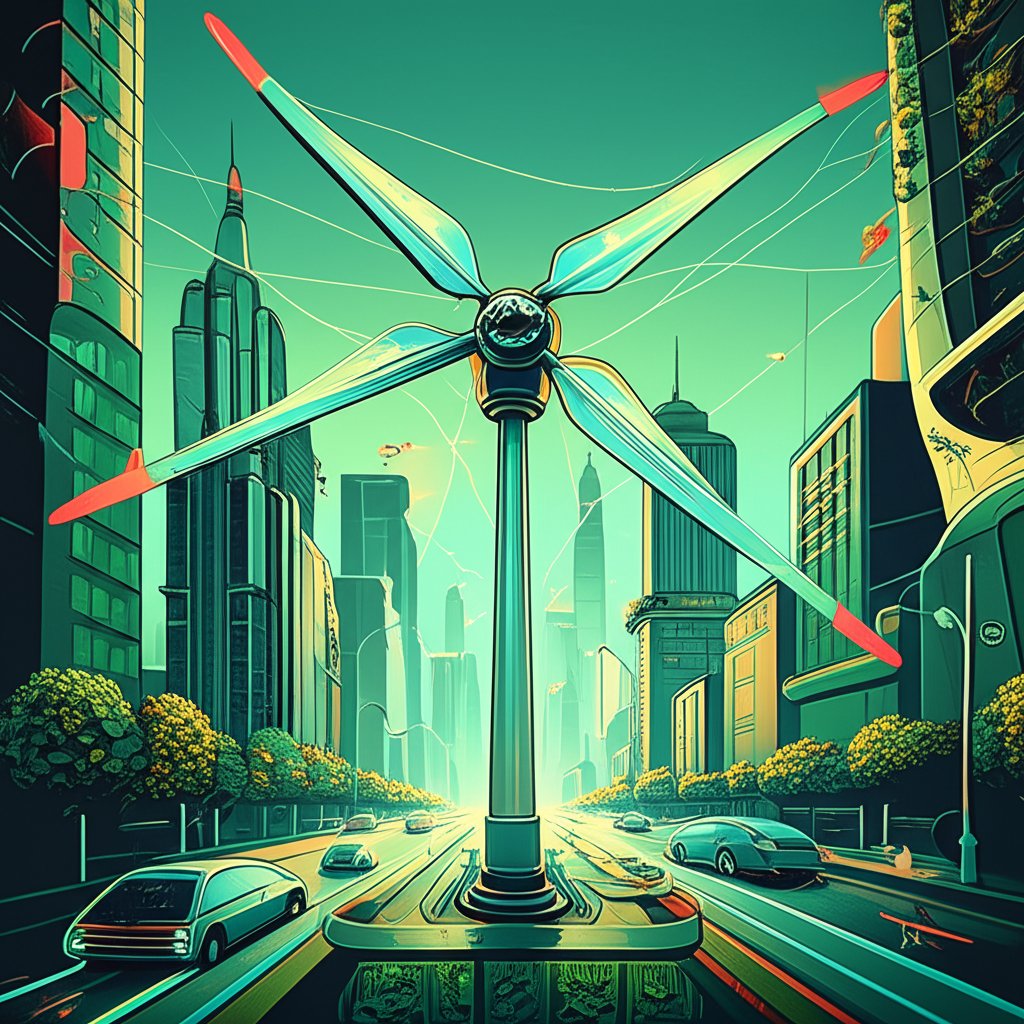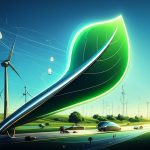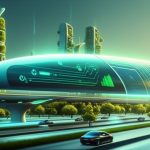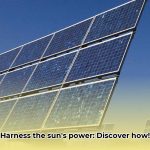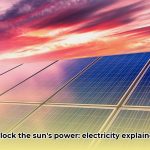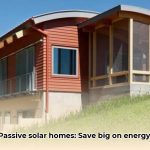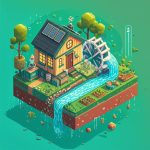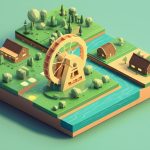Ever wonder how a simple wind turbine drawing evolves from a sketch into a massive, energy-generating marvel? It’s a journey through material science, aerodynamics, and sheer logistical ingenuity, all driven by the quest for more efficient renewable energy. Understanding these design choices, even at a high level, can help you appreciate the complexities and trade-offs involved in harnessing wind power.
At a glance:
- Discover how wind turbine drawings capture the crucial relationship between blade length and power generation.
- Understand the evolution of blade materials, from fiberglass to advanced carbon-fiber composites.
- Learn how aerodynamic principles inform blade shape and twist for optimal energy capture.
- Explore design considerations for onshore versus offshore wind turbine blades.
- Get practical insights into the challenges of transporting and deploying these colossal structures.
From Blueprint to Bladework: A History of Wind Turbine Drawing and Design
Early wind turbine drawings depicted relatively simple structures with short blades. Forty years ago, blades were a mere 26 feet long, crafted from fiberglass and resin. As the demand for renewable energy grew, so did the ambition of wind turbine designs. This evolution is vividly reflected in the shift from basic sketches to sophisticated, computer-aided wind turbine drawing, incorporating increasingly complex aerodynamic profiles and material specifications.
Today, blades can stretch over 350 feet – longer than the Statue of Liberty is tall. These modern marvels are meticulously engineered from carbon-fiber, prized for its strength and lightweight properties. This allows them to withstand immense forces while maximizing energy capture. This difference in size showcases the transformation in materials, design, and engineering capabilities.
The Power in Proportion: Blade Length and Energy Capture
The relationship between blade length and power output isn’t linear; it’s exponential. Doubling the blade length doesn’t just double the energy captured; it quadruples it. This “economy of scale,” where bigger truly means better, is a core driver in wind turbine design. You can find out more about this relationship in this detailed guide: How Long are Blades, Actually?.
Think of it like this: the blades sweep a circular area as they rotate. The larger the blade, the larger the swept area, and the more wind energy the turbine can harness. That’s why recent installations often feature rotor diameters exceeding 438 feet.
To understand this better, imagine two circles, one with a radius of 1 meter and another with a radius of 2 meters. The area of the first circle is π*(1^2) = π. The area of the second circle is π*(2^2) = 4π. Doubling the radius (blade length) quadruples the area (energy captured).
Materials Evolution: From Fiberglass to Carbon-Fiber
The materials used in wind turbine blades have undergone a dramatic transformation.
- Early Blades: Primarily fiberglass and resin: simple, cost-effective, but limited in strength and durability.
- Modern Blades: Advanced carbon-fiber composites: significantly stronger and lighter, allowing for longer blades that can withstand greater stresses.
- Emerging Materials: Research into sustainable alternatives like bamboo and mycelium aims for compostable blades. Polyurethane that allows for 10% less material than epoxy is also being used.
The Siemens Gamesa SG 14-222 DD, with its 354-foot blades, exemplifies this shift. Its carbon-fiber construction allows it to capture immense amounts of wind energy, enough to power 18,000 European homes per year.
Aerodynamic Tweaks: Optimizing Blade Shape and Twist
It’s not just about length; the shape of the blade is also critical. Modern blades aren’t simply flat surfaces; they incorporate complex curves and twists designed to maximize aerodynamic efficiency.
- Airfoil Design: Blades are shaped like airfoils, similar to airplane wings, to generate lift. The difference in air pressure across the blade creates lift and drag forces. When lift exceeds drag, the turbine spins.
- Twist Angle: The blade is twisted along its length to maintain an optimal angle of attack (the angle between the blade and the wind) at different points. This ensures efficient energy capture across the entire blade surface.
- Tip Design: Aerodynamic improvements to the blade tip design reduce noise.
Imagine a spoon cutting through water: The curve of the spoon (airfoil) deflects the water (wind), creating force that moves the spoon (blade).
Onshore vs. Offshore: Tailoring Designs to the Environment
Wind turbine design varies significantly depending on whether the turbine is located onshore or offshore.
| Feature | Onshore | Offshore |
|---|---|---|
| Blade Length | Typically shorter (40-70 meters) due to transportation and logistical constraints. | Longer (often exceeding 80 meters) to maximize energy capture in consistent offshore winds. |
| Materials | Focus on cost-effectiveness and durability in varying weather conditions. | Emphasis on corrosion resistance and strength to withstand harsh marine environments. |
| Tower Height | Optimized for local wind speed and terrain. | Taller to access stronger and more consistent winds, generally with rotor diameter being more than half of the tower height. |
| Design Priorities | Balancing energy capture with transportation costs, land availability, and visual impact. | Maximizing energy capture in a relatively unrestricted marine environment. |
| Example | Standard wind farms with a mix of variable heights and blade lengths. | The Siemens Gamesa SG 14-222 DD, designed specifically for offshore environments, shows the focus on extreme length and power. |
| GE’s Haliade-X, designed for offshore use, has blades that are 80% of its tower height! This highlights the difference in scale possible when transportation constraints are less severe. It also has low rotational intertia which keeps the momentum going even when there is a drop in windspeed. |
The Logistical Labyrinth: Transporting Massive Blades
Transporting wind turbine blades, some exceeding 350 feet in length, presents a major logistical challenge. A single blade transport can cost upwards of $4 million, with long-haul transports exceeding $100,000.
Consider these hurdles:
- Specialized Equipment: Blades require special trucks with extendable trailers to navigate roads.
- Route Planning: Routes must be carefully planned to avoid tight turns, overpasses, and narrow roads.
- Road Modifications: Temporary modifications, like removing road signs and trimming trees, are often necessary.
- Escort Vehicles: State laws often mandate escort vehicles for oversized loads, adding to the time and expense.
- Shipping: Large vessels carry entire turbines or multiple blades at once to ports near the installation site.
There is the additional complexity of coordinating transportation across state and county lines which adds layers of difficulty.
Practical Playbook: Wind Turbine Design Considerations
Here are some practical considerations when evaluating wind turbine design choices:
- Assess Wind Resources: Analyze local wind speeds and patterns to determine the optimal blade length and tower height. High wind areas may benefit from shorter blades. Low to moderate wind regions benefit from longer blades.
- Evaluate Site Constraints: Consider transportation limitations, land availability, and environmental factors.
- Material Selection: Choose materials that balance strength, weight, cost, and environmental impact.
- Aerodynamic Optimization: Employ advanced airfoil designs and twist angles to maximize energy capture.
- Environmental Impact: Assess the potential impact on wildlife and minimize noise pollution.
- Transport Assessment: Be sure to assess the ease of transport to the location.
Quick Answers: Common Questions About Wind Turbine Drawing
Q: What software is used for wind turbine drawing?
A: Engineers typically use Computer-Aided Design (CAD) software like AutoCAD, SolidWorks, or specialized wind turbine design software like GH Bladed or OpenWind. These tools allow for precise modeling and simulation of blade performance.
Q: How is the optimal blade length determined?
A: The optimal blade length depends on a complex interplay of factors, including wind resources, site constraints, material properties, and cost. Engineers use sophisticated models to simulate turbine performance and optimize blade length for maximum energy capture.
Q: Are longer blades always better?
A: Not necessarily. While longer blades can capture more energy, they also increase manufacturing costs, transport expenses, and structural demands. The optimal blade length is a balance between energy capture and overall cost-effectiveness.
Q: What are the biggest challenges in wind turbine drawing?
A: Some major challenges include: balancing aerodynamic efficiency with structural integrity, minimizing blade weight while maximizing strength, and designing blades that can withstand extreme weather conditions.
Capturing Tomorrow’s Wind: An Actionable Close
Wind turbine drawing is a dynamic field, constantly evolving to meet the demands of a sustainable future. By understanding the design principles, material science, and logistical considerations involved, you can better appreciate the complexities and trade-offs in harnessing wind power. As technology advances, expect even more innovative designs, pushing the boundaries of size, efficiency, and sustainability.
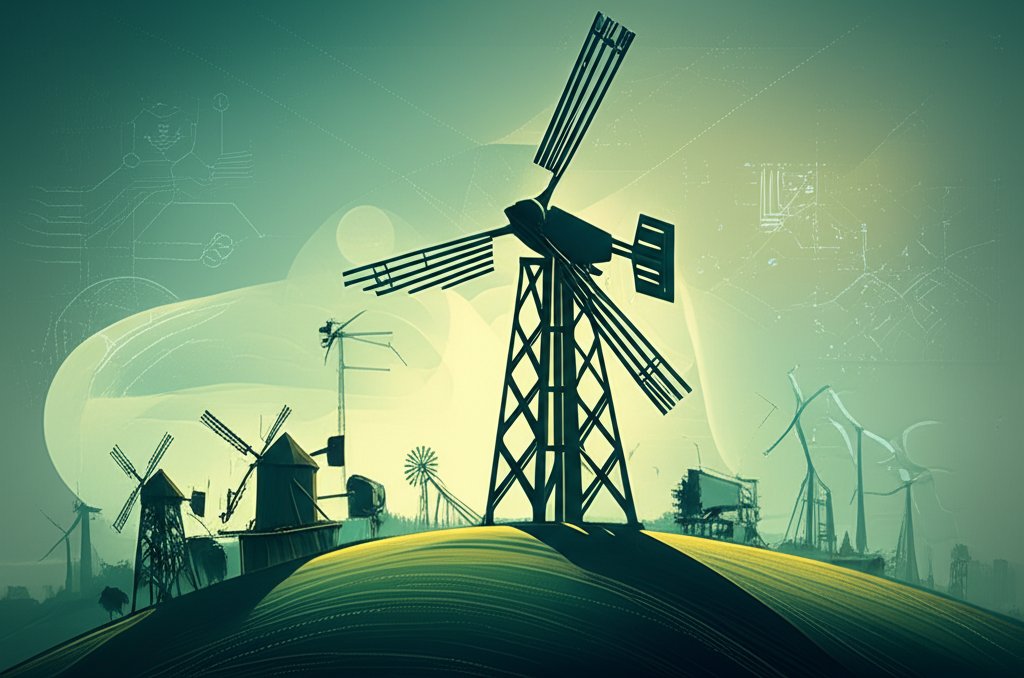
- How to Generate Electricity from Water at Home for Off-Grid Power - December 6, 2025
- Small Scale Hydropower Brings Sustainable Energy to Rural Areas - December 5, 2025
- Wind Energy Vehicle: Cars Powered by Wind—The Future is Near? - December 5, 2025
